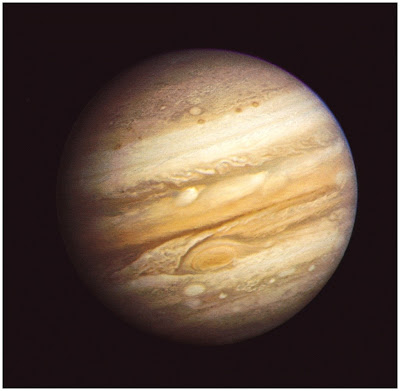
For the most part, most scientists have agreed on how the Moon as we know it, came about, but there are several small variations of that belief. This is the one that I believe makes most sense.
When the Earth was still a very young planet, another planet around the size of Mars collided with it. It is believed that early in time when most planets were still forming, there was a lot more activity in the universe. The energy created by these two bodies colliding turned the surfaces into a molten texture, sending large amounts far into the atmosphere and out into space.
The heavier materials like Iron did not go so high and was absorbed into the molten surface of Earth and became a part of the Earth's core. This giant impact of the two planets explains two things. One being why the Earth's axis is tilted around 23.5 Degrees. The other being the creation of the moon.
The debris from the impact that made it to space, much of it was caught up in the gravitational pull of the Earth and began to orbit the Earth. As well as orbiting the Earth, the debris was also drawn towards itself and began to congregate into the moon. Of course, the heavier materials were drawn closer to Earth as it merged with the other elements, so as the moon solidified into one body, the heaviest portion was drawn towards the Earth. This is the reason why the moon always has the same face pointing towards the Earth.
Imagine putting a baseball inside of a large plastic ball with a string attached to the baseball. If you were to take the end of the string and begin to swing the balls around you, the baseball would only go so far before hitting the end of the length of string. The large plastic ball would push outwards until it was being held by the baseball inside of it. In a strange way, this is how the Moon works. You would be the Earth. The string would be gravity pulling on the heavier baseball, which is the heavier materials of the moon. The large plastic ball that is trying to swing further away but is held by the baseball that is inside of it, that is the lighter materials of the moon being held by the heavier materials.
Since the heavier materials are being pulled towards the Earth by gravity and that solidified with the lighter materials as they were orbiting the Earth, once everything solidified into the moon, its orbit stayed the same. So the heavier side of the Moon is always facing the Earth.
Then, of course, as the Earth continued to form, it slowly turned into the Earth that we live in today.











